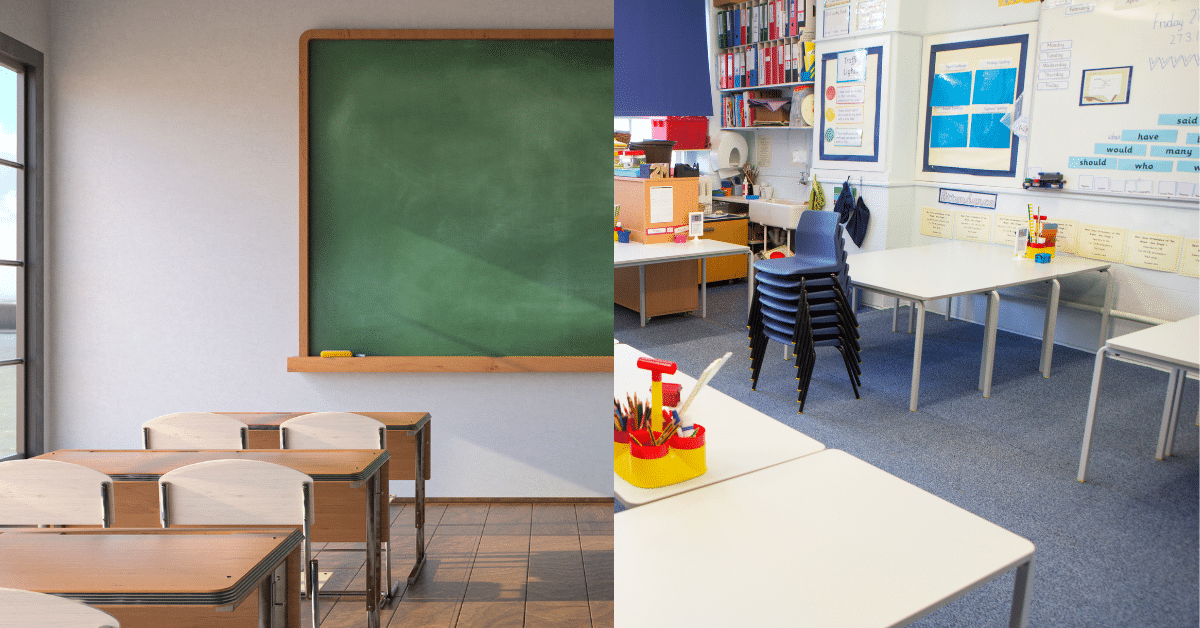In the evolving landscape of education, while curriculum design, teaching methods, and technological tools often take center stage, the significance of the classroom's physical environment cannot be overlooked. Peter Liljedahl's insightful work, “Building Thinking Classrooms,” underscores this notion, emphasizing that the arrangement of our classrooms can profoundly influence student engagement, collaboration, and learning outcomes. Understanding and implementing Liljedahl's principles is paramount for educators striving for excellence.
In the initial years of my teaching career, I, like many, adhered to the traditional classroom setup: rows of desks uniformly aligned, all directed towards the front. This was a format I had known and experienced throughout my own education. However, as time progressed, I observed a disparity. Students seated at the back often appeared distant, while those at the front enjoyed the advantage of direct engagement. This static setup inadvertently fostered passive learning, a realization that led me to Liljedahl's transformative research.
Inspired by Liljedahl's advocacy for Vertical Non-Permanent Surfaces, we embarked on a classroom experiment when I began as a Field Supervisor, observing student teachers. One of the discussion topics was the classroom arrangement. We changed the classroom's physical arrangement after lengthy conversations with the student teachers and their mentors. Students were now encouraged to stand, write, and collaboratively solve problems by replacing traditional desks with large, movable whiteboards. The change was palpable. A student, Kristy, who was reported by the mentor teacher typically remained silent, was now actively discussing and sharing her thought process on the whiteboard. Liljedahl's VNPS concept made thinking tangible and fostered a spirit of teamwork.
Using Liljedahl's emphasis on breaking traditional seating norms, we introduced random student groupings. This shift disrupted the usual patterns, facilitating diverse interactions. Additionally, I observed a notable increase in student comfort and engagement by integrating flexible seating options such as stools, bean bags, and standing desks. Mark, a student who previously struggled to remain attentive, found renewed focus with the standing desk, remarking, “This feels just right for me.” Such moments reinforced Liljedahl's assertion about the importance of adaptability and choice in a learning environment. Another principle we adopted from Liljedahl's model was ensuring an unobstructed view for every student. Students no longer had to adjust their seating or strain their necks for a clearer perspective. This simple change fostered inclusivity and streamlined interactions.
Transitioning to Liljedahl's Thinking Classroom model presented its set of challenges, from adapting teaching methods to logistical considerations of furniture mobility. However, the enhanced student engagement and collaboration we witnessed affirmed the value of Liljedahl's insights. Peter Liljedahl's “Building Thinking Classrooms” offers a compelling argument for reevaluating our classroom setups. As Liljedahl rightly points out, furniture is not merely functional but plays a pivotal role in shaping the learning experience. By embracing his principles, educators can create environments where students feel valued, engaged, and inspired to think critically.

